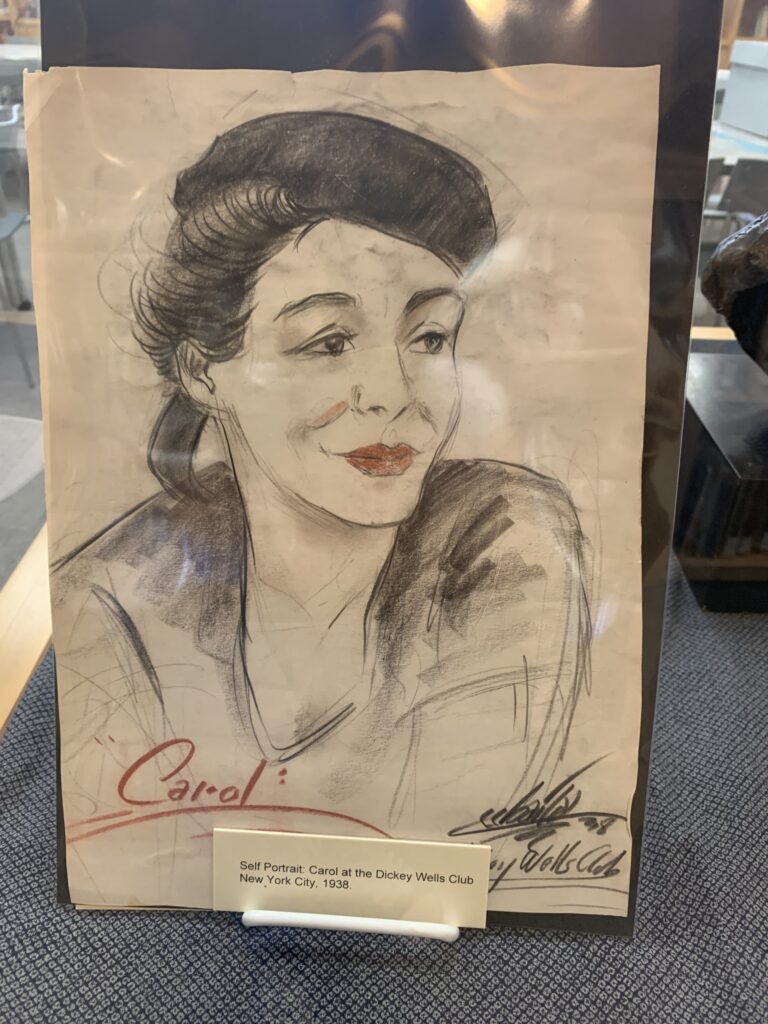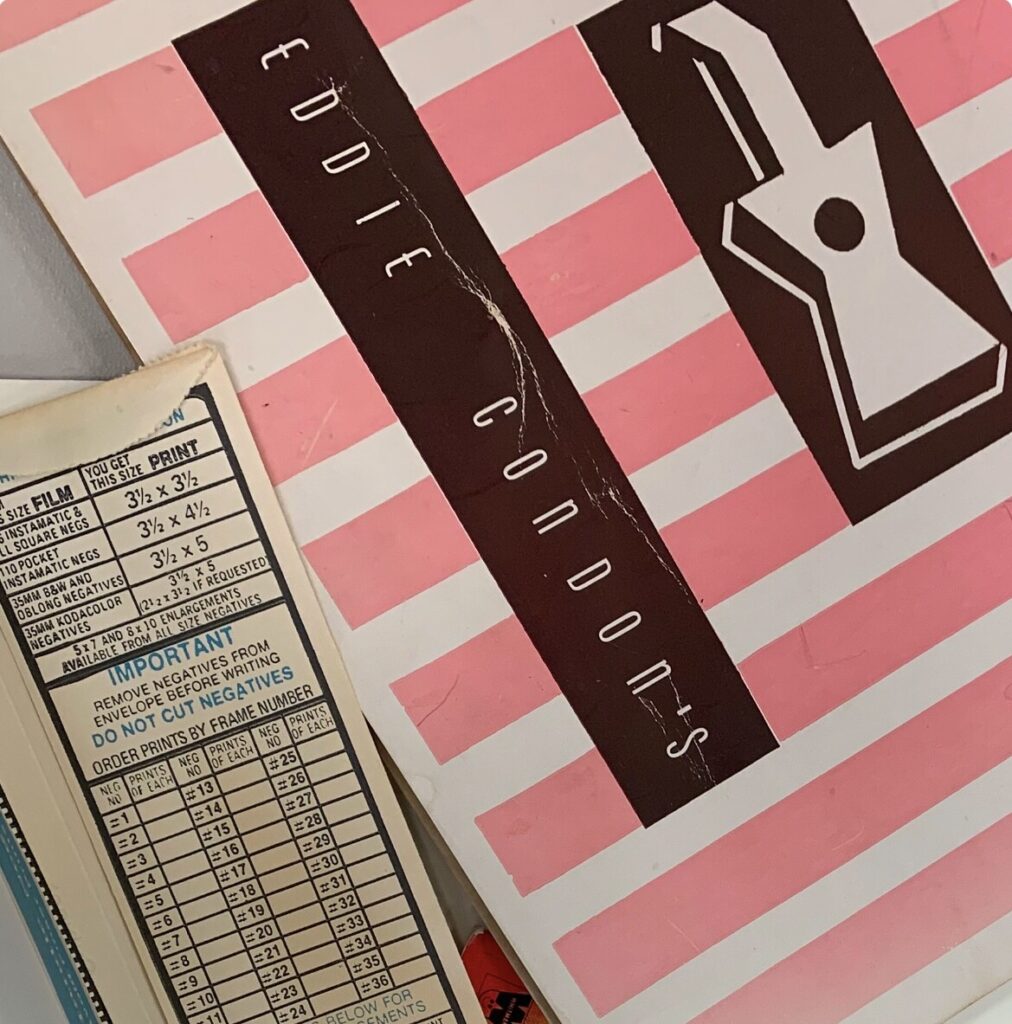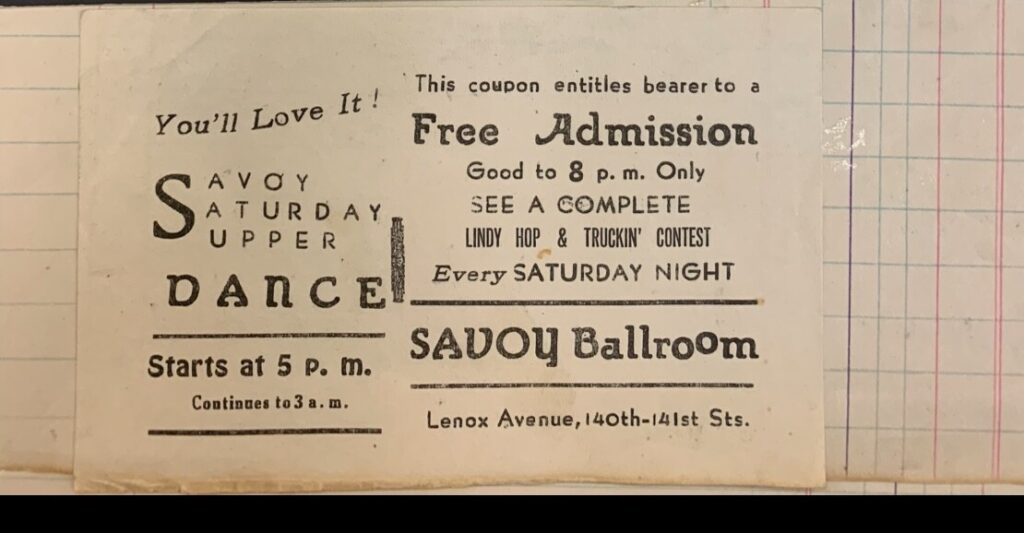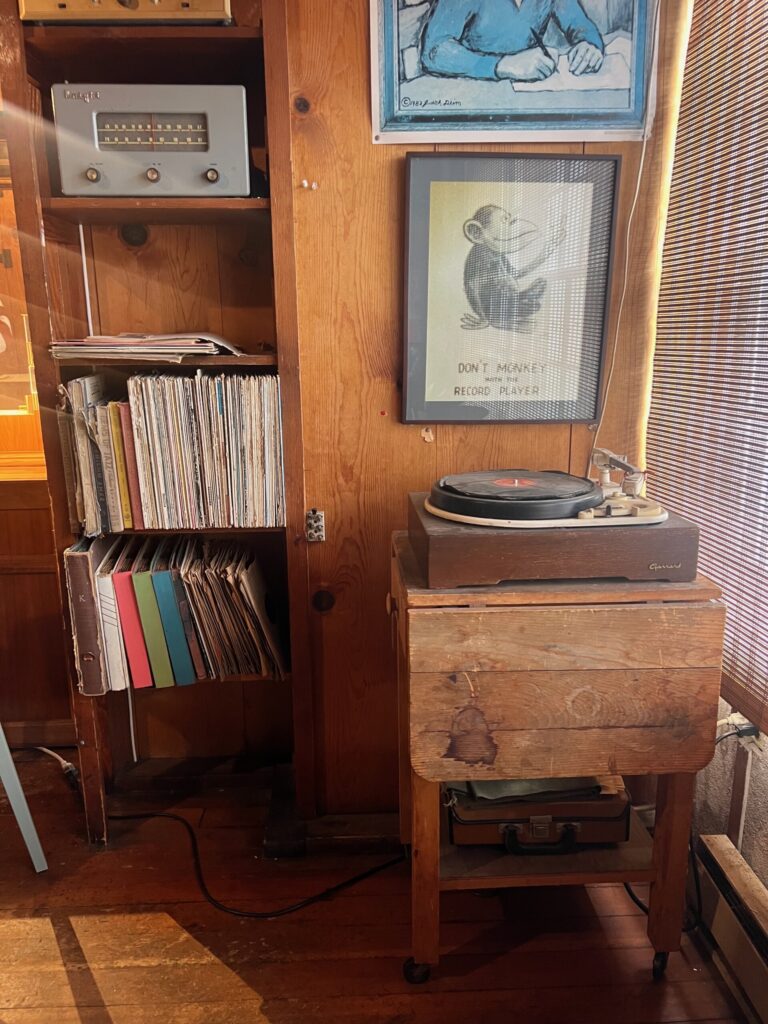By Liz Heinecke

Swiss psychiatrist Carl Jung once wrote, “The sea is like music. It has all the dreams of the soul within itself and sounds them over.” Most people would agree that to listen to someone’s favorite music is to peek into their psyche. Music was a constant presence in the lives of John Steinbeck and his first wife, Carol Henning. It propelled their work, enhanced their play, and offered solace in hard times.
While Carol adored dance hall jazz and the blues, John was more inspired by classical music and is said to have studied Bach’s musical structure while writing The Grapes of Wrath. The two of them listened to music constantly, and the cabinet speakers the Steinbecks installed in their Los Gatos house in the 30’s were so big that Carol said they looked like baby coffins. Their close friend, the marine biologist Ed Ricketts, also evidently preferred classical music, and the haunting melismas of Gregorian chant often drifted through the windows of his lab on Cannery Row.
Although there was no record player on the boat when Carol, John and Ed boarded the Western Flyer in 1940, they carried their favorite tunes in their heads and discovered new melodies in the songs of the sea, the music of the Mexican people, and the voice of the boat. I looked to music as a means of better understanding Carol as I researched a historical fiction book about her experience aboard the Western Flyer.
Luckily for those of us fascinated with the lives of Carol and John, The Martha Heasley Cox Center for Steinbeck Studies at San José State University holds the Steinbecks’ extensive record collection, which has been meticulously catalogued. According to SJSU’s website, “Music was a strong bond between Carol and John Steinbeck, who both admired music from many eclectic genres, ranging from flamenco, jazz, classical, blues, Cuban folklorico, swing, and Mexican rancheros.”
In Carol’s scrapbooks at SJSU, I found a ticket to the Savoy Ballroom in Harlem where Ella Fitzgerald got her start, Count Basie and Benny Goodman pitted their bands against Chick Webb’s house band, and the best Lindy Hop dancers in the country often competed until 3 in the morning. Another folder contains evidence that she was a fan of Chicago jazz musician Eddie Condon. In her biography “Carol and John Steinbeck: Portrait of a Marriage,” Susan Shillinglaw writes that Carol once told a friend that “jazz let her forget herself” and that she would listen to Ma Rainey, the Mother of the Blues, for hours on end. Ed Rickett’s son Ed Jr. was a trumpet player and Shillinglaw notes that Carol gave him copies of some of her favorite records by Billie Holiday, Eddie Condon and American jazz trumpeter Frankie Newton. It’s easy to imagine Carol taking consolation in the rich voices of women singing the blues while John left her alone on their ranch for weeks at a time.


According to Carl Jung, “music represents the movement, development, and transformation of motifs of the collective unconscious,” and it’s not surprising that marine biologist Ed Ricketts was obsessed with Bach’s circular, experimental composition, Art of Fugue. Based on variations on a single melodic line, the composition was likely constructed on the principles of the Fibonacci sequence, whose numbers: 0, 1, 1, 2, 3, 5, 8, 13, 21, 34, 55… follow a pattern in which the next term in the series is the sum of the previous two terms. The numbers of the sequence and the “golden ratio” found in the music’s spiral structure are frequently echoed in tide pools, where Ed spent so much time staring at the five-armed sea stars, eight-armed squid and octopi, and spiraled mollusk shells.
Carol, John and Ed all faced personal demons as they embarked on their expedition to the Sea of Cortez. The Steinbeck marriage was in deep trouble. Following the publication of the Grapes of Wrath the previous year, John had been spending more and more time in Hollywood, where he had started an affair with a much younger singer, leaving Carol alone at their ranch to deal with hate mail and fallout from the novel. Meanwhile, Ed was grieving the loss of Jean Ariss, who he considered the great love of his life but had decided to stay with her husband. Still, although there was a great deal of sadness and drama on the boat, there was also abundant joy and curiosity, and it’s evident from Ed’s detailed journal of the trip that music buoyed them along the way.

After attending a Good Friday service at the church in La Paz, Ed recalls the “old Spanish chants like madrigals with quarter-tone wails, and a chorus of children’s voices singing loud and out of tune on the notes they know, coming in pretty strong on some of the obvious or tuneful phrases.” On Easter Sunday, March 24th, he notes that although he was alone inwardly as he explored Amortajada Bay “…all day I had a sense of presence. Gregorian chants. Spiritual ditties of no tune.” Five days later, in Conception Bay, he writes that “a great group of porpoises went by, quite slowly and blowing loudly. We heard again the lovely doves up in the hills, one of the prettiest sounds I have heard every anywhere…the sound of the doves was like a soft two-toned yodel. In the distance especially, it was mellow. They answered each other like echoes.”
In Guaymas, John stayed on the boat while Carol, Ed and Tiny went to a restaurant called Mitla where Ed writes they, “Had a pleasant time…listening to jam session of orchestra, tuning up, as we supposed, for the dance which was scheduled for 10 that night…Orchestra played Carol’s “Mi Partita” several times.” (He mentions Carol requesting “Mi Partita” again in the journal, but it’s likely the song was called “Mi Partida” or “My Departure.”’) The crew made music too. In Nelson Vanjean’s biography of Steinbeck, the author states that “Occasionally, on pleasant evenings, there would be impromptu entertainment on deck, where John would play the piccolo (ten-cent variety) and Carol would work a harmonica while the crew sang.”
John Steinbeck concludes his book The Sea of Cortez with a musical description that practically hums. He writes, “The Western Flyer hunched into the great waves toward Cedros Island, the wind blew off the tops of the whitecaps, and the big guy wire, from bow to mast, took up its vibration like the low pipe on a tremendous organ. It sang its deep note into the wind.”
Note: I’ve put together a few Spotify playlists containing a smattering of Carol and Ed’s favorite music. Most of the songs on Carol’s are listed on the SJSU Steinbeck record collection. I searched everywhere for a Mexican song from the 30’s called Mi Partida, but couldn’t find one, so I included a song by that name by a Mexican Band that was recorded in the 60’s, along with a Woody Guthrie song about the Dust Bowl. Ed’s playlist contains several Gregorian Chants and some of the classical music he liked.
With an undergraduate degree in art and a master’s degree in bacteriology, Liz Heinecke combines science and storytelling in her books and TV appearances. Known for her engaging science content and passion for uncovering stories of overlooked women in history—including Carol Steinbeck—Liz inspires audiences of all ages. To learn more about Liz and her work, visit: https://lizleeheinecke.com/
Posted in Blog, Stories from the Community